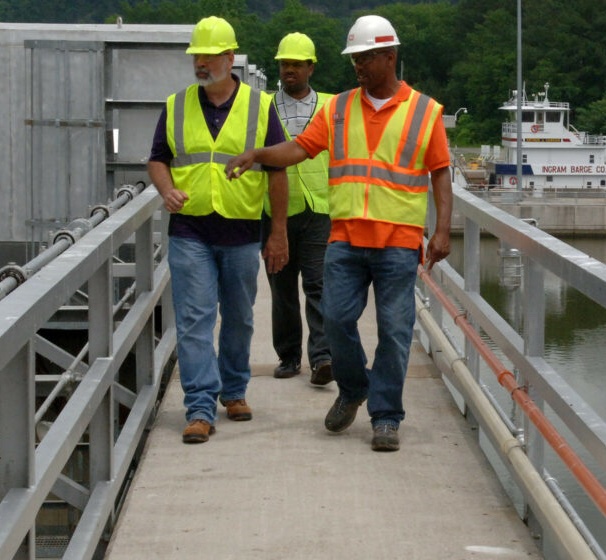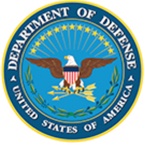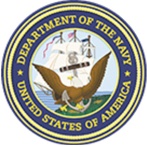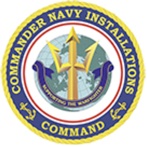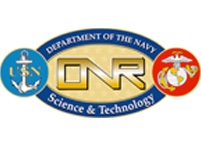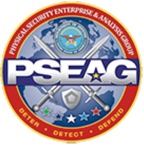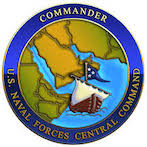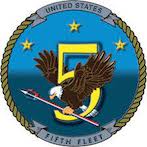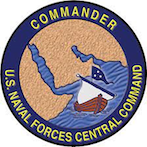December 25, 2015 – NHBR, New Hampshire Business Review
Three innovative New Hampshire companies made the nearly 7,000-mile trip to the United Arab Emirates, earlier this month, to take part in the 2015 Dubai Airshow, the international showcase of aerospace and defense technologies.
The biannual event attracts thousands of organizations from around the world and different industries. Commercial airliners, component manufacturers, scientific institutes and defense contractors all attend to exhibit, network and excite crowds with their flying displays and interactive attractions.
The companies – AQYR Technologies of Nashua, HALO Maritime Defense Systems of Newton, Transupport Inc. of Merrimack – had their displays in the State of New Hampshire exhibition booth, which was located in the U.S. zone of the gargantuan room. The visit was put together by Tina Kasim, program manager of the NH Office of International Commerce, Justin Oslowski, director of the U.S. Export Assistance Center in New Hampshire, and the NH Aviation Defense Export Consortium (NHADEC).
Kasim, whose office is part of the Department of Resources and Economic Development, was enthusiastic about bringing New Hampshire to events like the airshow.
We have over 300 companies that focus on aerospace and defense and follow it at different points in the supply chain. They’re smaller and generally lower-tier, and not OEMs (original equipment manufacturers), but they product a lot of components that go into the larger parts. And so it means a lot for them to get out to be able to meet different clients – Kasim
HALO MARITIME DEFENSE SYSTEMS
At the other end of the booth was HALO Maritime Defense Systems, which moved to Newton from Massachusetts in 2013.
While it might have seemed unusual for a sea-focused company to present at an airshow, HALO’s CEO, Paul Jensen, felt otherwise.
With war raging in nearby Yemen, and not much farther off in Syria and North Africa, the rich Gulf states are looking for cost-efficient, technologically advanced means of protecting their coastal assets from maritime attacks and infiltrations.
HALO, using a combination of proprietary plastics and composite materials, shaped in proprietary designs and mechanisms, offers a series of “sea walls” and marine gates to protect waterside assets. Not only does the gate automatically open and close through a touchscreen panel, but, as Jensen said, “It can stop multiple boats, and it can protect palaces, nuclear power plants, and oil and gas assets.”
The UAE coast has both considerable petrochemical facilities and expensive waterfront residences on both the mainland and its artificially constructed “Palm Islands.”
It might seem unbelievable that a plastic-composite gate could stop a speedboat packed with C-4 plastic explosives, but the product has been tested and verified by U.S. authorities. On a screen above the stall, a test video showing the U.S. Navy testing HALO’s static wall and marine gate was on view, displaying how the ingenious structures of both transfer the kinetic energy of an impacting vessel and use the water itself to counteract the attacker’s force.
“In the maritime domain, the standard solutions are boats and radar. They’re people-dependent, and they’re electronics-dependent. Ours is physical security. It doesn’t rely on people, it doesn’t rely on boats. At the end of the day, when all other systems fail, there’s a physical structure in the water.” Jensen said, stressing the cost-efficiency and safety aspects of HALO’s innovations.
